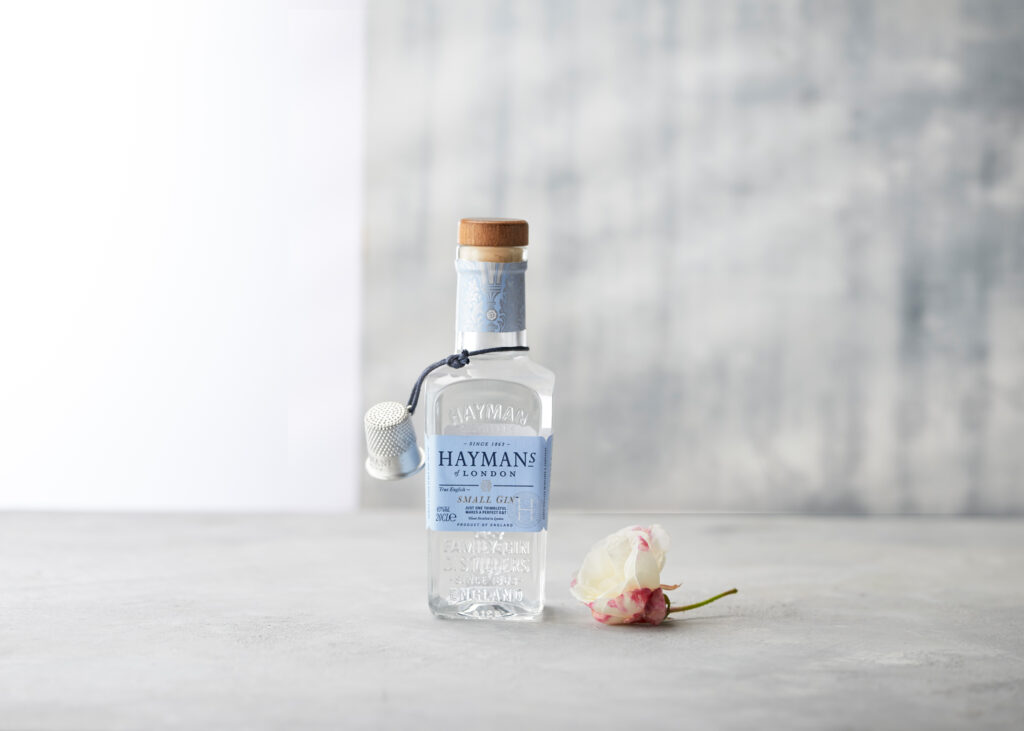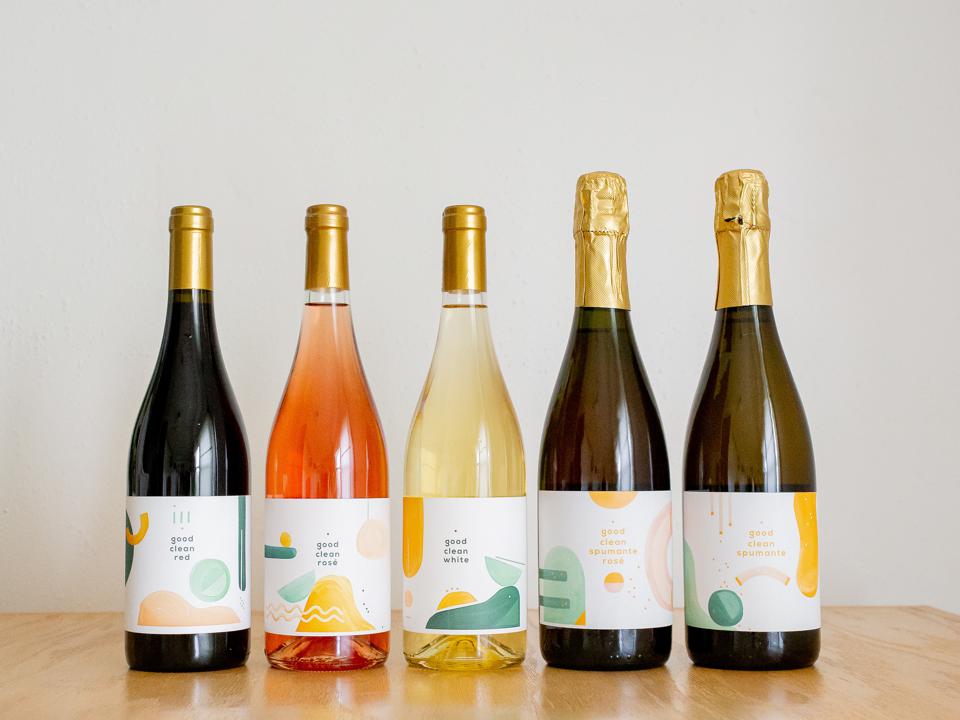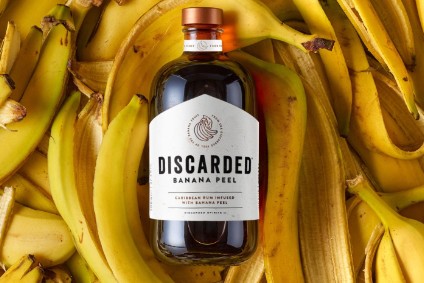It’s fair to say that 2020 was the most unconventional of years. But the swift and profound change in the daily lives of vast swathes of the world’s population has left an impact in what, how, when, and where we drink. With lockdowns still in place across much of the world – or else the tentative easing of restrictions – the new-normal is here to stay, at least for a little while yet. With this in mind, we look ahead to the drinks trends we think lie ahead in 2021.
Indulgence
Covid-19 has hit global economies hard, causing unemployment to rise across the world, and leaving many consumers facing real hardship. However conversely, for those locked down and still in employment – without the expense of transport, holidays, eating out and other entertainment options – many have more disposable income than ever before.
However, entertainment options are limited under many of the world’s strict lockdowns, and after ten months of living under restrictions that severely limit people’s social lives, morale is low. Treats in the home are being sought, both as a form of comfort and reward, and also as a source of sensorial entertainment.
Speaking in July 2020 Laura Stephen, Pernod Ricard UK brand director, reported: “E-commerce has seen accelerated growth over the lockdown period and the single malt whisky category has experienced +166% volume growth over the last 12 weeks. Research show[s] that consumers are increasingly looking to indulge and switch off at home.”
By the end of 2020, that desire to treat oneself had evolved into greater exploration by consumers into hitherto lesser purchased categories. Drinks e-tailer Master of Malt reported that esoteric categories had notched up significant growth ahead of Christmas. Calvados and schnapps in particular “saw sales soar’ over the course of the month. So too did sake, pisco and cachaça.
So far in 2021, UK supermarket chain Waitrose reports that beer sales were up 49% and wine sales by 27% over the week following the imposition of new lockdown restrictions on January 6.
But with wellness trends still ongoing – and for many, health being more of a concern than ever – the year ahead will be about quality, not quantity. Brands that seem to offer a treat, as well as allowing consumers to explore or experience something new in 2021, will find themselves able to tap into a burgeoning consumer mindset.
Alcoholic concentrates
Products that offer the taste of a full-strength product, but in a more convenient concentrated format, have been gradually coming to market in recent years. Initially, the focus was on wellness.
Hayman’s Small Gin, launched in late 2019 for example, was launched to allow imbibers to mix a real gin and tonic, but with just 0.2 units of alcohol and 15 calories per serve. Offered at 43% ABV, the 200ml bottle contains 40 serves (5ml) for just £26, with the focus on retaining the full flavour due to its high concentration of botanicals, minus the calories, “allowing for the ultimate hangover-free Gin & Tonic”. Miranda Hayman said: “To have a real gin that offers up all that wonderful gin character, that maintains the ritual of mixing a classic gin and tonic but that also supports those looking to reduce their alcohol consumption is incredibly exciting.”

Though low and no-alcohol trends are very much set to continue, in 2021, we’ll see a greater emphasis on formats, driven significantly by very practical reasons. In 2020, portable formats such as canned cocktails, letterbox wines, and recyclable packs came to prominence, as staying home and socialising outdoors became the norm. And with consumers able to go to the shops less, and when they do, purchase more to limit the frequency of their visits, products that offer the same functionality, but in a smaller format will meet a new need. Indeed, with much socialising for the year to come set to follow 2020’s pattern of outdoor gatherings looks set to continue. Smaller formats again, make consuming drinks on such occasions much easier.
In late 2020 UK craft producer, The Cotswolds Distillery debuted another concentrated product, Cotswolds Dry Gin Essence. Again, offered at 46% ABV, it is designed to reduce the amount of alcohol required in a G&T by 90%. A 5ml serve contains a tenth of the alcohol of a usual serve, and 14 calories.
Yes, formats will be important in 2021, and an increase in innovative pack formats more generally, will flourish as the year advances, driven in particular by environmental concerns. But expect concentrates to increasingly feature as their smaller format offers convenience that fits more practically into consumer’s current lifestyles, but also taps into wider eco and wellness trends.
Sensorial drinking
Remember the heady days of molecular mixology, where Bompas and Parr (and their vapourised gin and tonic) loomed large, and if your cocktail didn’t smoke or change colour, well then you simply had to send it back? Following the era of theatrical cocktails, there followed something of a backlash. Such serves dropped out of fashion, and as a return to the classics loomed, were deemed a little gauche, overly elitist, and even inaccessible.
However, sensorially starved consumers are now very much looking for fun. Drinks that offer a notably different sensory experience, be it mouthfeel, colour, texture, or scent – especially if they can be served in the home – will do well. Offering fun and escapism, ever playful Tiki notoriously enjoys resurgence whenever a recession, or times of social and political upheaval, hits. However, its overt exoticism and the memories of sunny holidays it provokes, might be too much for some in these times. Indeed, there’s also growing momentum behind a movement calling out the cultural appropriation of Tiki.

So in 2021, the desire for a drinking ‘experience’ won’t just be expressed through playful options. Products that can sensorially transport consumers elsewhere, will offer a useful, much needed service as lockdowns continue, and consumer’s worlds grow ever smaller. A case in point is Salcombe’s recent launch, Seamist. Made with coastal ingredients, and Cornish sea salt, as well as coastal botanicals, when misted over cocktails, the spray is intended to transport consumers to the UK’s South West shoreline, by replicating the aromas and sensation of a morning walk along the shore.
Expect more products that tap into sensorial needs, often targeting escapism, to emerge. While some will be imbued with an element of fun, others will also tap into the growing at-home connoisseurship, as consumers who can no longer frequent bars, perfect elevated serves in the home.
Transparency
Now, more than ever, consumers are watching what goes into the products they consume. And where that information isn’t immediately available, they’re asking why.
The controversy over ‘clean wine’ is one example. In mid-2020 a movement of self-consciously ‘transparent’ products emerged, positioning themselves as an answer to the lack of disclosure by the wine industry – who are not compelled to say what goes into their wines – and shrewdly targeting a growing consumer group who are ever conscious of what they will, and won’t, put into their bodies.
There’s the Good Clean Wine company, who says its products aim at being paired with a healthy lifestyle. According to the brand: “People feel comfortable seeking out clean skincare and farm-fresh, unprocessed food, but when it comes to wine, it’s very confusing.” The Wonderful Wine Company says that: “Prioritizing healthy grapes from organic vineyards whenever possible means we don’t need chemical additives or sugars to make our wines delicious.” Many have called foul on the trend, saying companies are exploiting a lack of knowledge by consumers on the genuine, and legitimate practices of winemakers, and a heady thrust towards wellness, wooing consumers with fashionable language and descriptors.

With these consumer trends still looming large, expect other categories to join in. In many ways, their production processes won’t be as important as the marketing used to reach consumers. If brands can communicate to consumers that their drinks are clean, un-processed, organic, that will be enough. On that note, expect more cloudy liquids to emerge. To those in the industry, we’ll recognise them as non-chill filtered. To those outside of it, they will be communicated as being ‘raw’.
But the transparency trend will extend further. Socially-conscious consumers will vote with their wallets to back brands that reveal the who, and the where, of their production practices. Indigenous and native ingredients will trend, as consumers back products that support local communities close to their production hubs, and limit their carbon footprint. Out of these two things, the support of local communities will begin to matter more. Brands will need to communicate more about the social impact their products have on the people that grow, and process their raw ingredients.
Also, consumers will lay more trust in brands that are open about their nutritional values, good or bad. The new voluntary health warnings Diageo announced will appear on labels of its Smirnoff, Gordon’s Pink, Baileys and Captain Morgan brands in the UK from early 2021, are ahead of the curve. They are the first alcohol company in the UK to introduce a voluntary health warning. Dayalan Nayager, Managing Director Diageo UK said: “We want to change the way the world drinks for the better, and today’s initiatives are just the first step forward in our long-term global ambition to reach one billion people with messages of moderation over the next ten years.”
‘Nose to tail’ production
The sourcing of ingredients will – and already has begun – be important. But so too will the issue of waste.
Products made from ingredients that otherwise would have gone to waste have tentatively, but steadily increased in recent years. Beer brand Toast brews use the end slice of bread loaves which is often discarded by the sandwich making industry, for example. It estimates it has saved nearly 2 million slices of bread from going to waste since the business began in 2015, equating to 42 tonnes of CO2 emissions, and nearly 250,000 litres of water saved. William Grant’s Discarded range also ‘saves’ ingredients and by-products discarded by other industries, and upcycles them into new spirits and liqueurs.

And in the bar industry, Iain Griffiths and Kelsey Ramage’s Trash Tiki movement – which recently removed ‘Tiki’ from its name in acknowledgement of its problematic associations with cultural appropriation – has been one of the leaders in drawing attention to the food waste associated with the bar industry and its practices, particularly when it comes to garnishes.
However, little attention has been paid so far to the use – the full use – of ingredients during production. The truth is, that in the making of many of the drinks we love, from orange liqueurs, to gins, only certain parts of the ingredients are needed, with often what is not required thrown away. The drinks industry has been working to ‘save’ ingredients discarded in food production and other industries. And last year saw a flurry of carbon-neutral spirits launched, and much introspection, especially from smaller brands, on their use of water, electricity, and other fuels, as well as recyclable packaging, even for shipping.
But so far, there’s been little if any introspection on the efficiency of its own production methods when it comes to raw ingredients, getting the most out of them, and using them fully, with no wastage. Consumers will hold brands increasingly to account to use ingredients from ‘nose to tail’ and, where the capability doesn’t currently exist, to innovate production methods to do so, or to donate waste onwards to other businesses that can. Brands that are already doing this will increasingly shout about it.

